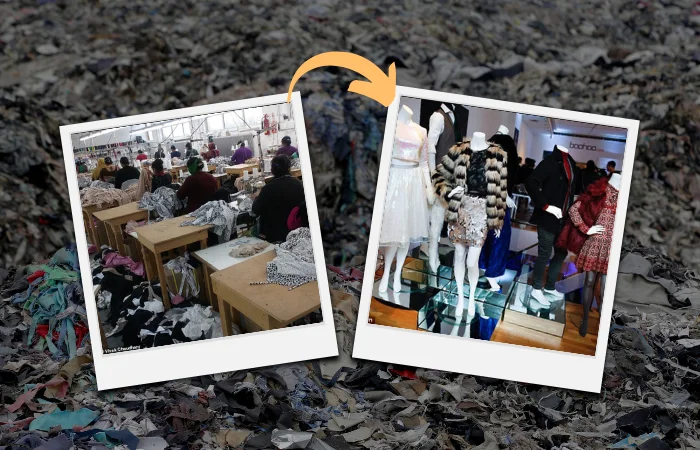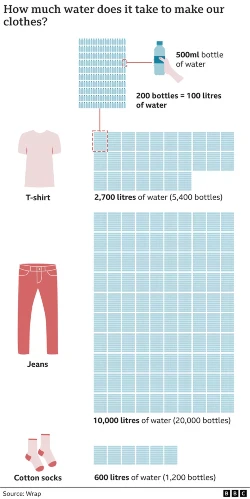Welcome to the not-so-glamorous side of fast fashion, where affordability meets accountability. Enter Boohoo, the fashion juggernaut that’s become a household name for budget-conscious trendsetters. But here’s the rub: with great style at low prices comes a hidden cost – a hefty environmental bill that’s becoming increasingly difficult to ignore. In this deep dive, we’re peeling back the layers of Boohoo’s dazzling display to reveal the environmental impact that lurks beneath.
- Boohoo's Environmental Footprint Exposed: Get ready for an eye-opening tour through the less-than-stellar environmental practices of this fast fashion titan. Spoiler alert: it's not all glitter and glam.
- The Bigger Picture of Fast Fashion: We'll zoom out to look at the broader environmental catastrophe brewing in the world of fast fashion – a world where Boohoo plays a leading role.
- Fashion Forward Solutions: Fear not, it's not all doom and gloom. We'll cap off our journey with a hopeful look at sustainable alternatives and actionable steps towards a greener wardrobe.
So, buckle up, fashionistas and eco-warriors alike! We’re about to embark on a revealing journey into the heart of the fashion world, where the price tags are low, but the environmental cost is high. Let’s unravel the tangled threads of Boohoo’s impact on our planet and discover how we can all make a difference, one outfit at a time.
About Boohoo
Established in 2006 by two former Primark and New Look executives, Boohoo is a UK-based online fashion retailer targeting the 16-30 age group. The company boasts an extensive product range, offering over 36,000 clothing items and annually sells approximately 207 million pieces. In 2019, Boohoo’s sales reached a remarkable £856.9 million ($1 billion USD).
The company has expanded its online fashion empire by acquiring the brands and digital footprints of several defunct brick-and-mortar retailers like Pretty Little Thing, Nasty Gal, and MissPap.
In 2020, amidst the global Covid-19 crisis, Boohoo faced serious accusations of modern slavery and unsafe working conditions, with workers reportedly receiving wages as low as £3.5 per hour ($4.20 USD). Despite the negative publicity, the company experienced a 44% surge in sales, amounting to £1.2 billion.
Boohoo’s rocketing growth has been mostly attributed to the company’s massive spend on influencer marketing. The company burns over £80 million ($98 million USD) annually to sponsor Boohoo unboxing videos on YouTube, brand shout-outs and influencer store visits on TikTok and has recently partnered with a Kardashian to create a new clothing line.
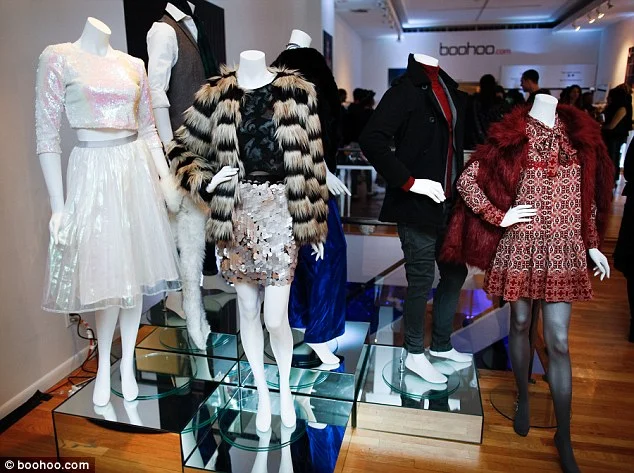
Boohoo's Business Model and Its Role in Fast Fashion
In the whirlwind world of fashion, Boohoo stands out as a whirlwind of its own. It’s not just about churning out the latest styles; it’s about doing it at a pace that would make your head spin. But what’s the secret sauce behind Boohoo’s meteoric rise in the fast fashion galaxy? Let’s peek behind the curtain.
At its core, Boohoo’s model is simple yet effective: spot a trend today, have it on your website tomorrow, and in customers’ wardrobes by the weekend. It’s fashion at the speed of light, with a constant stream of new arrivals that keep shoppers hooked. This relentless cycle feeds the modern consumer’s desire for instant gratification, but at what cost?
- Trendsetting at Turbo Speed: Boohoo’s agility in picking up and dropping trends is nothing short of remarkable. But this fast-paced approach has a flip side – it fuels a throwaway culture, where clothes are seen as disposable, not durable.
- Quantity Over Quality: In Boohoo’s universe, more is more. The emphasis on bulk production means quality often takes a backseat, leading to a cycle of purchase and disposal that’s anything but kind to our planet.
- The Price of Affordability: Boohoo’s attractively low prices are a magnet for shoppers. Yet, these price tags mask the hidden environmental costs of production, such as water usage, carbon emissions, and textile waste.
As we navigate through the labyrinth of Boohoo’s business practices, it’s clear that the company has mastered the art of fast fashion. But this mastery comes with strings attached – strings that are slowly entangling our environment in a web of sustainability challenges.
Environmental Impact of Boohoo
Boohoo’s glossy sheen dims considerably when we examine its environmental impact. This fast fashion titan’s operations leave a footprint that’s as large and lasting as their style selections are varied and fleeting. Let’s ground our discussion in some hard facts and figures to truly gauge the magnitude of this impact.
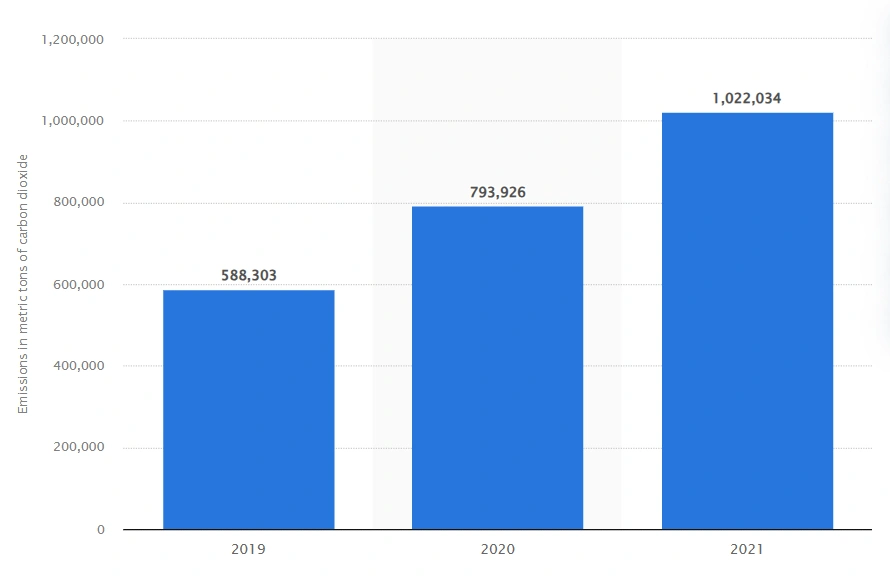
- Carbon Footprint Fashion Faux Pas: Boohoo’s business model, which relies on rapid production and turnover, generates a significant carbon footprint. For instance, the fashion industry contributes roughly 10% to global carbon emissions, with fast fashion brands like Boohoo being major contributors. The energy used in manufacturing, coupled with emissions from global shipping, marks Boohoo as a substantial player in the climate change crisis. In fact, Boohoo self-reported over 1 million metric tons of carbon emissions in 2021 (up from 588 million in 2019). Those figures are self-reported by the fast fashion giant so assume they’re somewhat conservative.
- Water, Water, Everywhere – But Not for Long: In producing its vast apparel range, Boohoo uses an immense volume of water. To put this into perspective, producing a single cotton shirt can require up to 2,700 liters of water to make just one t-shirt, which is enough drinking water for one person for 900 days, a resource that’s increasingly scarce in many garment-producing regions. This intensive water usage, along with resultant pollution, exacerbates environmental stresses in vulnerable areas. Click the infographic at the right to enlarge.
- A Mountain of Waste in a Wardrobe: The push for constant wardrobe updates leads to a staggering level of textile waste. For example, the fashion industry is responsible for an estimated 92 million tons of textile waste annually, much of which can be attributed to fast fashion cycles. Clothes that are barely worn or never sold contribute to this waste, burdening landfills, and squandering resources.
These numbers paint a sobering picture of Boohoo’s environmental narrative. It’s a stark reminder of the price our planet pays for the relentless pursuit of fashion trends, illustrating how the industry’s race for profits is extracting a hefty toll on our environment.
Greenwashing Claims Against Boohoo
The company was named one of the two least sustainable fashion brands in the UK, alongside Missguided, in a 2019 report by the Environmental Audit Committee. Despite this, or perhaps because of it, Boohoo decided to push into the sustainability publicity realm by hosting (and no, it wasn’t satire) a panel on ethical fashion in February of this year at Source Fashion, the industry’s sustainable sourcing show.
Executives of Boohoo praised the good work they were doing (as if their bonuses depended on it!) while simultaneously having fair fashion activists forcibly removed and escorted out of the room while refusing to answer their concerns over the company’s well-documented human rights abuses and greenwashing practices.
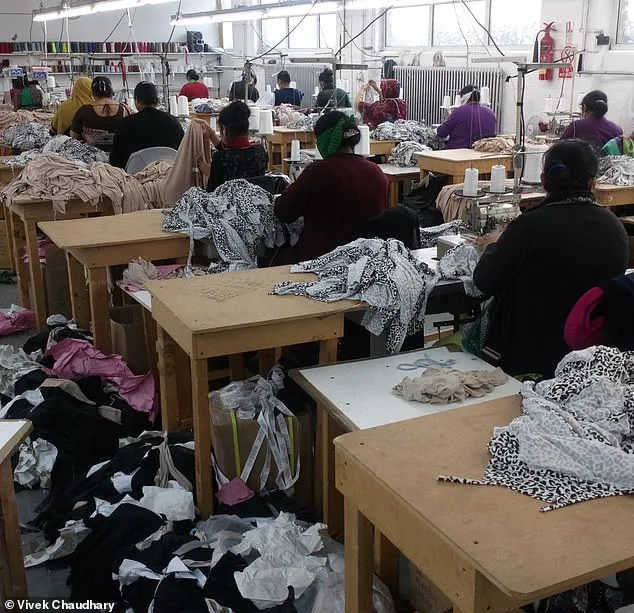
So, what’s inside the Boohoo sustainability promise allegedly green standards on its website? Boohoo claims to push for 52% carbon emissions reduction relative to its growth by 2030. Sounds good, right? Well, not so fast! Pay attention to the small print, and you’ll see that the company is using some very tricky math. This reduction translates to only 4.2% of its annual operational emissions and 7% of its value chain emissions relative to its growth. Not exactly the 52% it’s gushing about!
Comparative Analysis with Other Fashion Brands
When juxtaposed with its peers, Boohoo’s environmental impact offers a revealing contrast. By comparing Boohoo with other brands, both within the fast fashion realm and among more sustainable labels, we can better understand the spectrum of environmental responsibility in the fashion industry.
- Boohoo vs. Sustainable Fashion Brands: Unlike Boohoo, some fashion labels are committed to sustainability. These brands often prioritize eco-friendly materials, ethical labor practices, and longer-lasting products. For instance, Patagonia was one of the first companies to produce fleece clothing made from recycled plastic bottles and has reduced water usage by 30% (no small print or tricky math required) in its manufacturing process. This starkly contrasts with Boohoo’s practices, highlighting the potential for more sustainable approaches in the industry.
- The Cost of Low Prices: Boohoo’s low prices are a major draw for consumers, but they come at a high environmental cost. After all, we all know the adage that if something is too good to be true, it usually is! While more sustainable brands often charge higher prices, reflecting the true cost of environmentally responsible production (doing the right thing is rarely doing the cheapest thing), a sustainable BAM shirt is around $30 and lasts much longer than buying 2 or 3 shirts from Boohoo that no one actually needs. This price difference underscores the hidden costs of cheap fashion and challenges consumers to reconsider their purchasing decisions.
- The Fast Fashion Race: Within the fast fashion segment, Boohoo isn’t alone in its environmental footprint. However, even here, some brands are making strides towards sustainability. BAM, for instance, has committed to reducing its carbon emissions by half by 2026. Boohoo, on the other hand, prefers not to discuss any real carbon-reduction efforts.
We’re not dragging Boohoo through the eco-muck on its own. The other major players in the fast fashion industry are just as much part of the problem, which we’ve covered in the past here.
Our goal right now is merely to educate. We want to show the significant work Boohoo needs to do to catch up with more sustainable practices but also the broader need for industry-wide change.

Cotton for the fashion industry uses about 2.5% of the world's farmland and needs more.

Clothes production processes such as dying requires 43 million tons of chemicals a year.

Synthetic materials like polyester require an estimated 342 million barrels of oil every year.
The Broader Consequences of Fast Fashion
Boohoo’s environmental impact is just one piece of a much larger puzzle. The fast fashion industry, with its relentless pursuit of the latest trends at breakneck speeds, casts a long and often troubling shadow over our planet and its inhabitants. Let’s explore some of these broader consequences.
- Environmental Degradation on a Global Scale: Fast fashion’s rapid production cycles and low-cost items lead to overconsumption and a subsequent increase in waste. This cycle is a significant contributor to environmental degradation, from depleting natural resources to increasing greenhouse gas emissions. The industry’s heavy reliance on non-renewable resources, like petroleum for synthetic fabrics, exacerbates this issue.
- Social Impact and Labor Concerns: The quest for cheap, fast fashion doesn’t just hurt the environment; it often comes at the expense of human rights. Labor practices in the fast fashion industry, including those associated with brands like Boohoo, have been scrutinized for poor working conditions, unfair wages, and even child labor. The industry’s pressure to reduce costs and speed up production often leads to these ethical compromises.

- Cultural Shifts and Consumer Behavior: Fast fashion has transformed how we view clothing. The move away from seasonal fashion to a constant influx of trends has fostered a disposable fashion culture. This shift not only increases waste but also disconnects consumers from the true cost and value of the clothing they wear, both environmentally and socially.
By examining the consequences of fast fashion through the lens of Boohoo’s operations, we gain a deeper understanding of the urgent need for systemic change. It’s a call to action for both the industry and consumers to rethink and remodel our approach to fashion, prioritizing sustainability, and ethical considerations over fleeting trends.
Potential Solutions and Alternatives
While the challenges posed by fast fashion are daunting, they’re not insurmountable. Both companies like Boohoo and consumers can play a vital role in shifting towards more sustainable practices. Let’s delve into some potential solutions and alternatives that can pave the way for a greener, more responsible fashion industry.
What Fast Fashion Companies Can Do...
- Embracing Sustainable Materials and Practices: By shifting towards sustainable materials, such as organic cotton or recycled fabrics, and implementing eco-friendly manufacturing processes, companies can significantly reduce their environmental footprint.
- Implementing Circular Fashion Models: Adopting a circular approach, where clothing is designed to be reused, recycled, or composted, can help tackle the issue of waste and resource depletion.
- Transparency and Accountability: Companies should be transparent about their supply chains and labor practices, allowing consumers to make informed choices and holding themselves accountable for their environmental and social impacts.
What You Can Do As A Consumer...
- Mindful Consumption: Consumers can contribute by adopting a more mindful approach to fashion, considering the longevity and versatility of their purchases, and avoiding impulsive buying.
- Supporting Sustainable Brands: Opting for brands that prioritize sustainability and ethical practices can encourage a shift in the industry towards more responsible production.
- Embracing Second-hand and Vintage Fashion: Purchasing second-hand or vintage clothing is an excellent way to extend the life of garments and reduce waste, while also offering a unique and personal style.
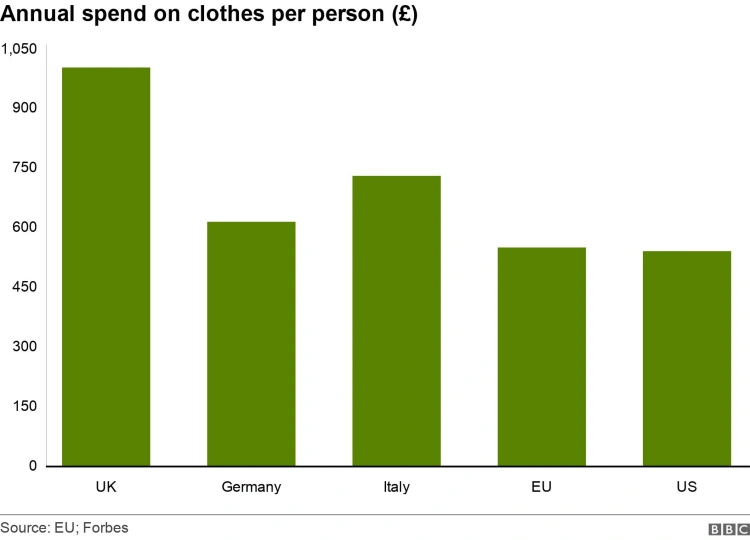
The journey towards a more sustainable fashion industry is a collective one. It requires a concerted effort from companies, consumers, and policymakers alike. By embracing these solutions and alternatives, we can begin to stitch together a new narrative for fashion – one that’s as kind to the planet as it is stylish.
Conclusion & Review
Our journey through the world of Boohoo and the broader fast fashion industry paints a vivid picture of the challenges and opportunities that lie ahead. We’ve uncovered the stark realities of Boohoo’s environmental impact, the broader consequences of fast fashion, and the potential pathways towards a more sustainable future.
More To Discover
- Materials Shaping the Future of Sustainable Fashion: Polylactic Acid (PLA)
- The People of Ghana Are Drowning In Mountains Of Our Used Clothes
- Kourtney Kardashian Faces Backlash Over “Sustainable” Boohoo Fast Fashion Collaboration
- Unraveling the Bamboo Myth: Debunking Greenwashing in the Fashion Industry
- Boohoo's Environmental Challenges: Boohoo, like many fast fashion brands, faces significant environmental issues, from a substantial carbon footprint to excessive water usage and textile waste.
- Broader Implications of Fast Fashion: The fast fashion industry's practices have far-reaching consequences, affecting not just the environment, but also social and labor conditions globally.
- Path Towards Sustainability: There are tangible solutions and alternatives available, both for companies and consumers, to pivot towards more sustainable and ethical fashion practices.
As we reflect on these insights, it’s clear that change isn’t only necessary but possible.
Let’s not just dream of a more sustainable fashion future; let’s actively work towards it, one conscious choice at a time.








